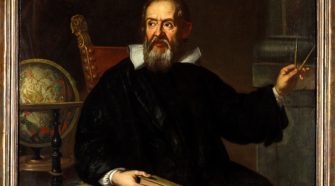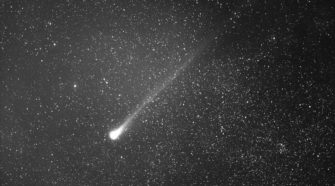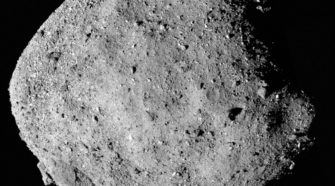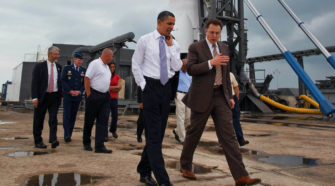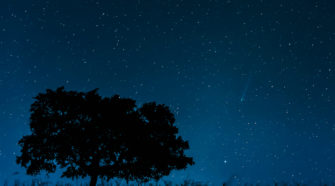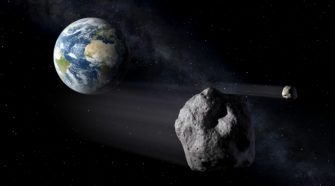This Week in History: Nov. 29 – Dec. 5
NOVEMBER 29, 1996: A team of researchers led by Stewart Nozette publishes their paper describing the tentative detection of water ice at the moon’s south pole in radar experiments conducted with the U.S. Defense Department’s Clementine spacecraft. This detection has been confirmed by later spacecraft missions, and these efforts, and the overall significance of this …
Comet of the Week: 109P/Swift-Tuttle 1992t
Perihelion: 1992 December 12.32, q = 0.958 AU One of the most prolific comet discoverers of the late 19th Century was the American amateur astronomer Lewis Swift, who did most of his observing from rural New York before relocating to southern California in the early 1890s. Swift discovered his first comet, a 7th-magnitude object, on July …
Special Topic: Sample Retrieval Missions
In most scientific disciplines, if we want to examine an object closely and in-depth, we can collect some kind of sample specimen of that object, take it to our laboratories, and perform any number of direct analysis examinations of that specimen. For the most part, in astronomy we can’t do that; we are usually restricted …
This Week in History: November 22-28
NOVEMBER 22, 2020: The Apollo-type asteroid (7753) 1988 XB will pass 0.066 AU from Earth. The best visibility will be next week when it travels west-northwestward through Leo, Cancer, and Gemini and will be 15th magnitude. Close approaches by near-Earth asteroids are the subject of this week’s “Special Topics” presentation. NOVEMBER 25, 2005: JAXA’s Hayabusa …
Comet of the Week: ISON C/2012 S1
Perihelion: 2013 November 28.78, q = 0.012 AU I mentioned in the “Special Topics” presentation on “Great Comets” that such objects come by about once a decade, on average. Comet NEOWISE C/2020 F3, which appeared back in July, could perhaps be considered a borderline “Great” comet, but prior to that, the last “Great Comet” for those of …
Special Topic: Close Asteroidal Encounters
In the Week 2 “Special Topics” presentation I discussed the history and recognition of near-Earth asteroids and described some of the early observed encounters by these objects. What could perhaps be considered the most remarkable of these asteroids was a 10th-magnitude fast-moving object discovered on October 28, 1937, by Karl Reinmuth at Heidelberg Observatory in …

